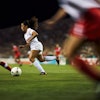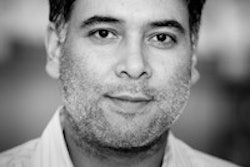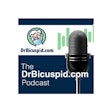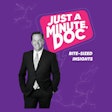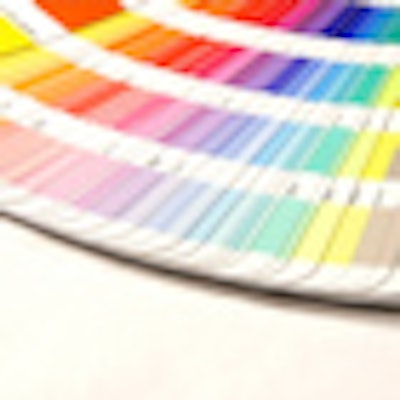
The next time you are shade matching for anxious patients and tell them, "Relax, I've done this a million times," you will have the weight of scientific research behind you.
Clinical education and professional experience had a positive effect on a person's ability to correctly match tooth shades, according to a new study in the Journal of the American Dental Association (January 2010, Vol. 141, pp. 71-76). Factors such as sex, eye color, and eye health, on the other hand, had no significant effect on tooth shade selection.
“I do not believe shade-matching ability can be taught. You either have it or you don't.”
— Sheldon Winkler, D.D.S.
Researchers from Yeditepe University Faculty of Dentistry in Istanbul conducted the study to evaluate the influence of experience, age, sex, eye color, and use of eyeglasses or contact lenses on shade-matching ability.
Few studies have examined the effects of dentists' physical and professional characteristics on shade-matching effectiveness, they noted.
"Studies are scarce in which investigators have examined differences in shade-matching ability between specialists who routinely perform such procedures and other dental professionals who do not," they wrote.
Study findings
The researchers looked at 120 participants, including 70 dental specialists (periodontists, oral and maxillofacial surgeons, orthodontists, endodontists, pediatric dentists, prosthodontists, and restorative dentists), 30 dental staff members (dental technicians, dental assistants, and dental assistant students), 10 general dentists in private practice, and 10 laypeople.
They divided the study participants into three groups:
- Group 1: Prosthodontists, restorative dentists, and dental technicians who, according to the authors, routinely perform tooth shade-matching procedures.
- Group 2: Other dental specialists and general dentists in private practice.
- Group 3: Dental assistants, dental assistant students, and laypeople.
The participants were also divided into three groups based on their years of professional experience. The researchers evaluated participants' ability to match tooth shades by using the Vita Toothguide 3D-Master.
Participants were asked to determine the value, hue, and chroma for three shades (2L1.5, 1M2, and 2R1.5) of acrylic maxillary right central incisors. The teeth were numbered 1, 2, and 3, and participants had to write down the matching shades from the Vita Toothguide 3D-Master. An exact matching rate entailed correctly matching all three shade components for all three tooth shades.
Among the study results:
- The rate of success in matching the shade for IM2 was 53.3% for participants in group one, 30% for participants in group two, and 20% for those in group three.
- There were no significant differences between the three groups for shades 2L1.5 and 2R1.5.
- Professional experience and age were associated with shade-matching success for tooth shade 2L1.5.
- No statistically significant differences were seen with respect to sex, eye color, or use of eyeglasses or contact lenses.
- Dental technicians had the highest rate of success in tooth matching.
- Specialties such as oral and maxillofacial surgery and periodontology had lower success rates compared with those of other specialists and dental technicians.
- Participants in group three, which included dental assistants, scored the lowest.
The researchers compared prosthodontists, restorative dentists, and dental technicians with other dental specialists, general dentists, and nondentist participants. The participants involved in restorative procedures performed significantly better than those in the other two groups in correctly matching tooth shade 1M2, the authors noted.
"Dental care professionals who routinely performed restorative procedures matched the shades better than did participants in other groups," concluded the authors. "Professional experience was associated positively with the outcome, while sex, eye color, and use of eyeglasses or contact lenses did not have any effect on shade-matching results."
Dental care professionals need to participate in hands-on courses, continuing education classes, and other training programs to enhance their shade-matching ability, they advised.
Can it be taught?
However, some experts disagree with this conclusion.
Sheldon Winkler, D.D.S., former professor and chairman at Temple University School of Dentistry's department of prosthodontics, told DrBicuspid.com that no dental group, whether specialist or general practitioner, is superior in shade-matching ability. Shade-matching abilities vary from dentist to dentist and depend upon a number of factors, including visual acuity, understanding the fundamentals of color science (chroma, hue, and value), genetics, sense of aesthetics, and available lighting, he said.
He disagrees with the authors' conclusion that participating in hands-on courses, continuing education classes, and other training programs will enhance shade-matching outcomes.
"I do not believe shade-matching ability can be taught," he said. "You either have it or you don't."


